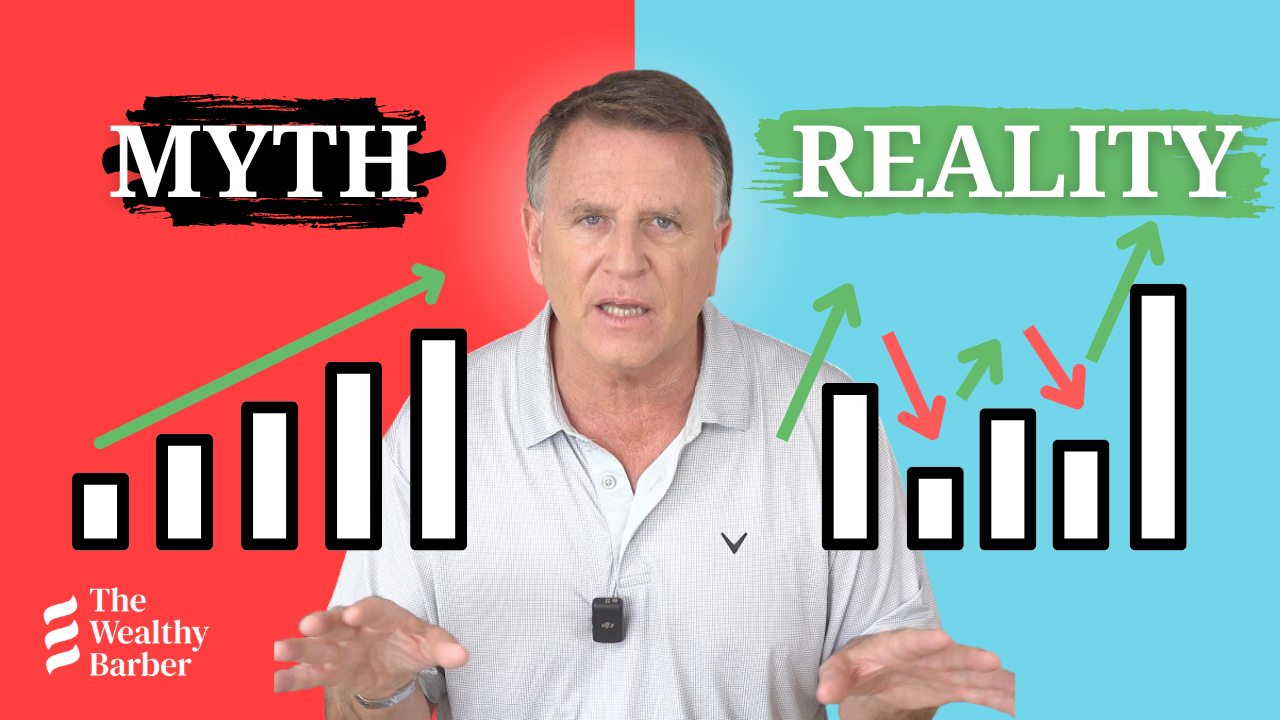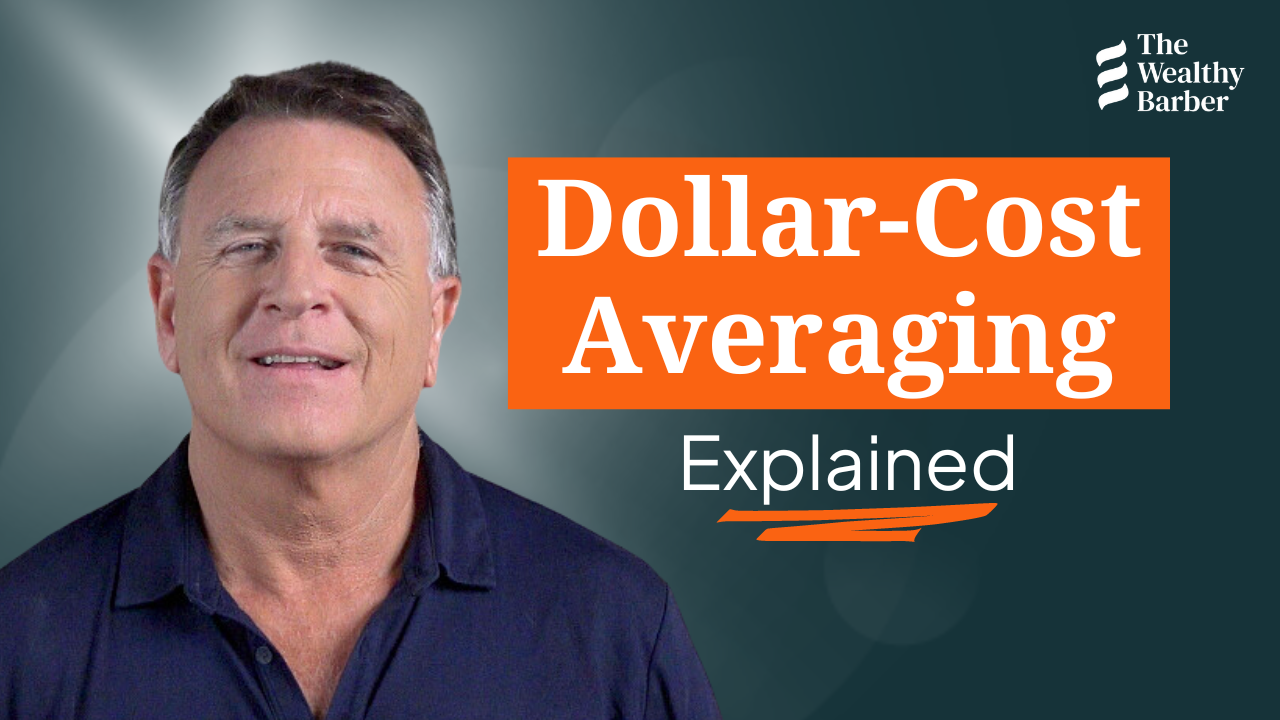What is Dollar-Cost Averaging? — Personal Finance Explained
Dollar-cost averaging sounds complicated, but it’s actually quite simple. In fact, it happens automatically. I explain what it is and how it can help improve your investment returns with a quick example in this video.
💈💈💈
I still laugh at this: I gave a speech once in Florida and was signing books after a lady told her friend, “You know, Dave here invented dollar-cost averaging.” I have no idea where she got that idea from but I’m happy to take credit. What is dollar-cost averaging? Well, clearly whom better to ask than me.
Best illustrated with an example:
Let’s say you’re putting $500 a month in an index fund. The month you start, it’s trading at $10 a share. So, obviously, you buy 50 shares. If I’ve lost you there, I may not be able to help you. The second month, the market has collapsed, a true disaster, down 50%. The index fund now trades at $5 a share but you stick with your long-term plan, persevere and pick up 100 shares.
The third month, the market has rebounded somewhat and the index fund is trading at $7.50 a share. So you buy 66 and 2/3 shares—500 divided by $7.50. So, what’s happened here? A lot of people say “I’ve lost money.” Others argue, “No, no, you’ve broken even. You’re down $2.50 per share on your first purchase, up $2.50 per share on your second purchase and even, of course, on the purchase you just made.”
But they’re both wrong. You now own 216 and 2/3 shares at the current price of $7.50 per share, that’s worth $1,625, a solid return on your $1,500 investment. What the heck?
Because you’re putting in a fixed amount each month, you automatically buy more shares at the lower price than at the higher price. Buy low.
Essentially, it means your average cost per share will be lower than the average price per share. In the long run, that bodes well for an investor. Now, look, this example was exaggerated and with huge monthly swings in the index-fund price. Dollar-cost averaging is not going to goose your returns to the moon. But it does provide a nice little tailwind.
It’s also psychologically soothing. As the market goes through its inevitable downturns don’t look at the situation and say, “Darn, my holding is down in value” and start panicking. Look at it and say, “Hey, eventually the market will go up and take the value of my fund with it and in the meantime I’m thrilled to be picking up shares at a low price. Extra shares because of dollar-cost averaging.”
Take it from the guy who invented this. It’s kind of cool.
Feel Confident About Your Finances
Sign up for our Weekly Round-Up of new videos and podcasts released over the past seven days. We won’t spam you or try to sell you a course—promise!



